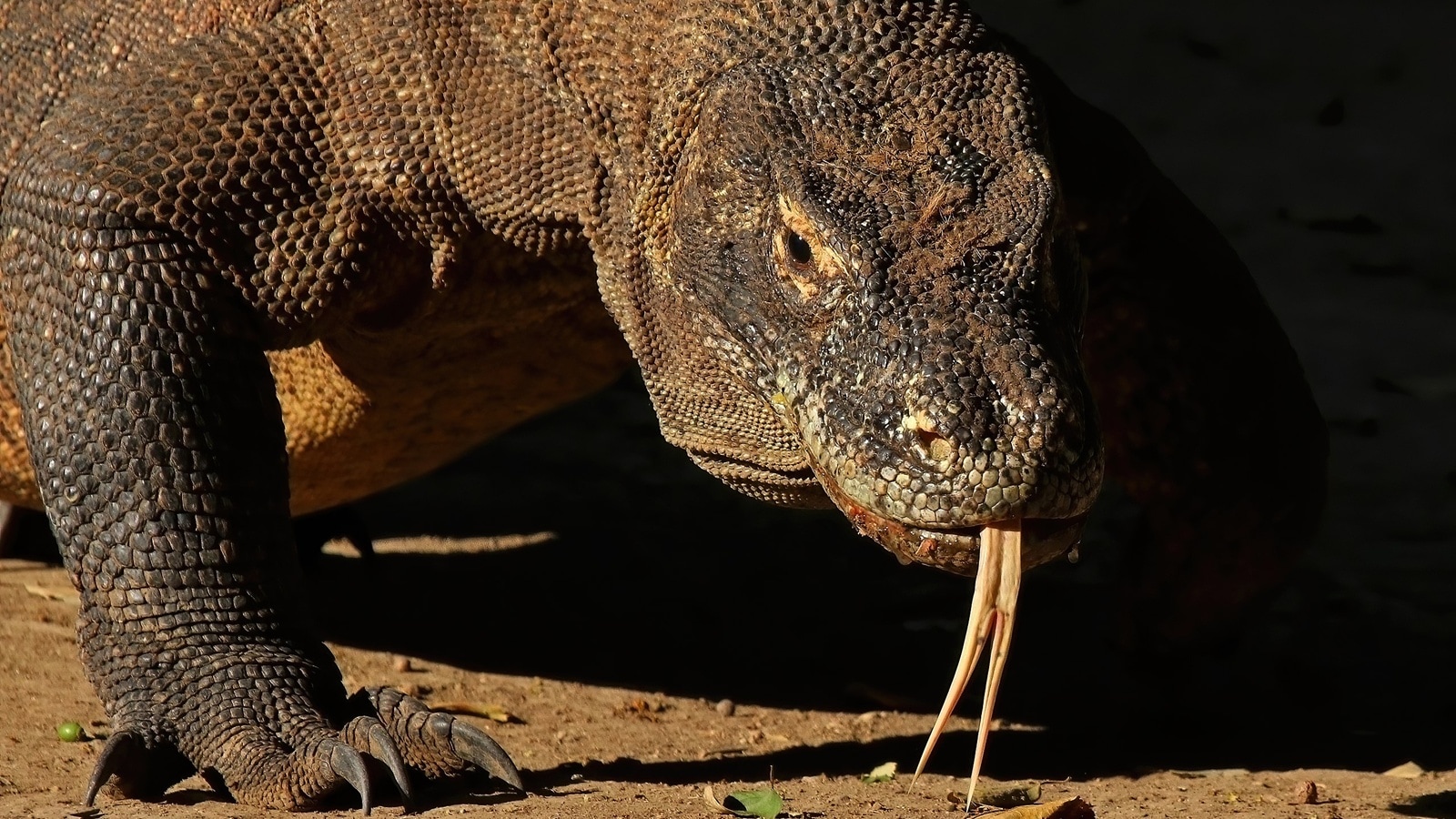📣 For more lifestyle news, click here to join our WhatsApp Channel and also follow us on Instagram
These lizards can bite you– one of them even killed a man with its venom
While encounters with venomous lizards are rare, they often occur when humans step into wild territories—either for research, tourism, or exotic pet keeping. These creatures don’t attack unprovoked; they simply defend themselves with the tools nature has given them.
 Explore the rare world of venomous lizards (Source: Wikimedia Commons)
Explore the rare world of venomous lizards (Source: Wikimedia Commons)When most people think of lizards, the image that comes to mind is usually harmless—perhaps a gecko on the wall or a chameleon slowly shifting colours on a tree branch. But a small, rare group of lizards stand apart for a far more startling reason: they can bite, and when they do, they deliver venom.
Though venomous lizards are few in number, their biology, behaviour, and potential danger to humans have fascinated scientists and herpetologists for decades. Let’s take a closer look at three remarkable species whose bites aren’t just painful—they’re potentially venomous.
Gila monster
Found in the dry landscapes of the southwestern United States and parts of northern Mexico, the Gila monster (pronounced HEE-luh) is instantly recognisable thanks to its vivid black and orange skin, which looks like it’s been dotted with tiny beads. But beneath that rugged exterior lies a unique and rather misunderstood defence system.
Unlike snakes that inject venom through hollow fangs, the Gila monster chews its prey, allowing venom to flow from glands in the lower jaw into the grooves of its teeth. The result? A bite that’s not just painful but can lead to swelling, nausea, and dizziness.
Interestingly, while Gila monster bites rarely result in death, they can be medically significant. In a shocking case from 2024, a man in Colorado tragically died after being bitten by his pet Gila monster—reportedly the first such fatality in the U.S. in decades. It served as a stark reminder that exotic pets, however fascinating, carry very real risks.
 Unlike its North American cousins, the Komodo dragon needs no introduction(Source: Wikimedia Commons)
Unlike its North American cousins, the Komodo dragon needs no introduction(Source: Wikimedia Commons)
The Mexican beaded lizard
Closely related to the Gila monster is the lesser-known Mexican beaded lizard. Found in western Mexico’s scrub forests, this lizard prefers to keep to itself, rarely venturing far unless provoked or disturbed.
Like the Gila, the beaded lizard uses grooves in its lower teeth to deliver venom. Its bite, while typically not life-threatening, is painful enough to warrant medical attention—especially since its venom can affect the nervous system and cause muscle weakness. Despite its fearsome reputation, this lizard is shy by nature, avoiding confrontation whenever possible.
The Komodo dragon
Unlike its North American cousins, the Komodo dragon needs no introduction. As the world’s largest living lizard—growing up to 10 feet long—this Indonesian native commands both fear and respect.
For many years, it was believed that the dragon’s deadly power came from the bacteria in its saliva. But recent research has revealed something even more fascinating: Komodo dragons are, in fact, venomous. Their venom contains compounds that lower blood pressure, prevent clotting, and induce shock—making their bite a lethal tool in hunting prey as large as deer or even water buffalo.
Humans are not typically on the menu, but Komodo dragons have attacked people on occasion, particularly in areas where tourism or development has brought us closer to their shrinking habitats.
While encounters with venomous lizards are rare, they often occur when humans step into wild territories—either for research, tourism, or exotic pet keeping. These creatures don’t attack unprovoked; they simply defend themselves with the tools nature has given them.
Rather than fearing them, it’s more productive—and respectful—to understand these lizards for what they are: highly adapted survivors of a changing world. Conservation efforts, habitat protection, and responsible human behaviour all play a role in ensuring these species thrive in the wild where they belong.
📣 For more lifestyle news, click here to join our WhatsApp Channel and also follow us on Instagram
- 01
- 02
- 03
- 04
- 05



























